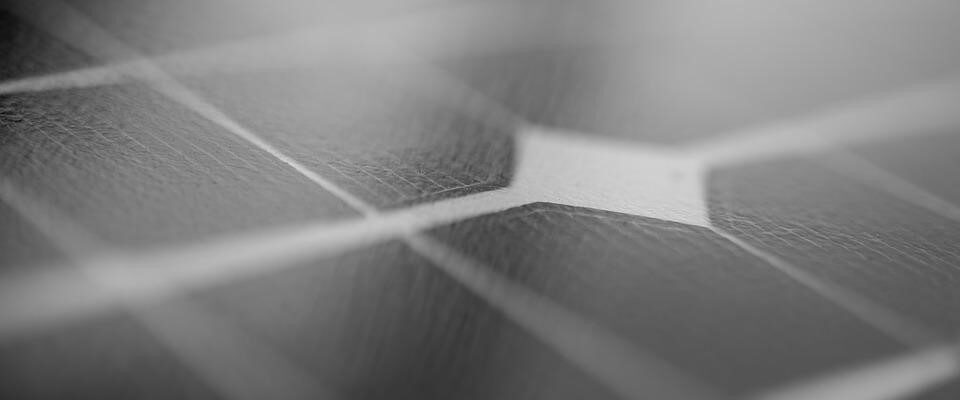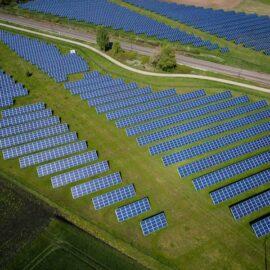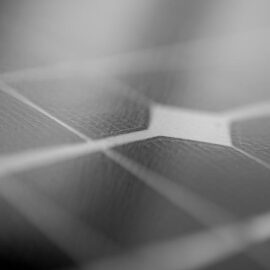Posted on Jun 10, 2022 by Hanna DuBuque
Solar power is the talk of the town these days. Mostly, it is discussed in architecture and technology. But these days, we are seeing a new kind of fashion movement that relies entirely on solar power.
According to experts from promo-codes.it, this kind of fashion is not new, it has been around for the past decade. But there is a hunch that this fashion line will blow up in the coming years.
In the past years consumers have been divided into 2 groups: those who love shopping, scrolling pages with clothes and searching for discount and promo codes such as VidaXL promo codes, and those who prefer eco shopping.
More and more people are caring about living an eco-friendly lifestyle, still relying on those battery-draining gadgets. Therefore, people are looking for alternatives to hit both birds with one stone. And this is where solar-powered clothing and fashion come in.
What Are Solar-Powered Clothes?
Solar-powered clothes have collar cell fabric, and this fabric has embedded photovoltaic cells or PV cells in it. Conventional solar-based cells are pretty expensive for manufacturing purposes, and they are fragile and rigid.
However, they are less efficient and have a thin-film design. Organic polymer-based cells are much cheaper, and manufacturers can quickly produce them.
Compared to ordinary clothing, solar-powered clothes cost a lot. You won’t find any discounts or promo codes, such as those from Aosom, on these clothes.
Solar-Powered Clothes — A View in the Past
Pauline van Dongen, a fashion designer from the Netherlands, who previously worked in an ordinary clothes store, is the name behind the idea of solar-powered clothes. And the idea came into being back in 2015 with a solar shirt.
This shirt was developed in a collaboration between Pauline and the Holst Center of Research and Development in the Netherlands. Holst Center is an independent R&D center that develops technologies for flexible electronics and autonomous sensors technologies.
This solar shirt features 120 thin films of collar cells combined with standard functional modules and integrates into the fabric. These modules can be mass manufactured and incorporated into the fabric with the traditional iron-on methods right before the garment is ready.
According to Pauline, these thin films contain enough juice to charge your phone within a few hours. Moreover, this shirt can generate enough juice indoors to charge other devices, such as cameras, MP3 players, GPS devices, and other USB-compatible gadgets.
Tommy Hilfiger was among the first major designer in the industry to try out field jackets with solar panels.
These jackets feature solar panels that can snap on/off from the back, and there is a hidden battery bank with a USB port in the jacket’s front pocket.
Apart from that, the founder of the innovation studio called Principled Design, Despina Papadopoulos, a wearable tech and design strategy specialist, created a solar-paneled dress that was flapper-inspired.
This dress comprises 448 different white circuit board tiles, and you can fit them with solar cells, photocells, and LEDs. It also comes with an attached microcontroller.
This dress can soak up sunlight during the day, and the dress can glow at night to make sure that the wearer of this dress stands out.

Solar-Powered Clothes — The Days Ahead
More recently, a Spanish engineer, Marilo Garcia Martin, has developed a method for integrating solar cells into the fabric. And it has paved the way for energy generation in a cheaper way using flexible materials, like parasols and awnings.
Swiss scientists have developed a type of material that can generate solar power, and you can apply it to textile fibers. This opens up the gateway to developing clothing that can generate energy.
LMCs or luminescent solar concentrators can capture ambient light and convert it into electricity. And they are already a regular part of the solar energy industry. But they haven’t been used in textiles due to their rigidity and permeability to water vapor and air.
Solar-Powered Clothes: Advantages & Disadvantages
These clothes can come in pretty handy. They can keep your phones, and other gadgets charged all the time. When you have these clothes on, you don’t have to worry about running out of juice with the gadgets that you carry in your pocket.
These clothes allow you to charge these devices conveniently. You don’t have to carry any charging devices or power banks.
And with the recent developments in this technology, these fabrics can also charge indoors with artificial light and don’t need sunlight. So, you don’t need to wear them outdoors only.
Despite all the development and the new setting trends, we still have a long way to go for such clothes. Manufacturers and scientists alike are still looking for ways to integrate these solar panels into clothing and textile properly.
Conclusion
Without a doubt, the idea behind these clothes is pretty extraordinary. This type of clothing is not new, so we are already seeing a lot of development in this area. But this type of fashion is still a long way to go for style and comfort.
The makers of this clothing line are more focused at the moment on effectively integrating solar technology into the fabric or textile to make this idea work. However, fashion designers will be able to step in and use the styling that we would love to wear daily.




